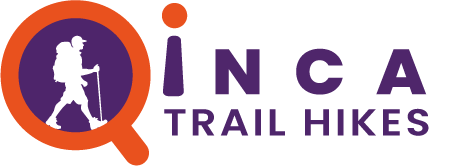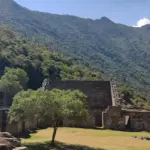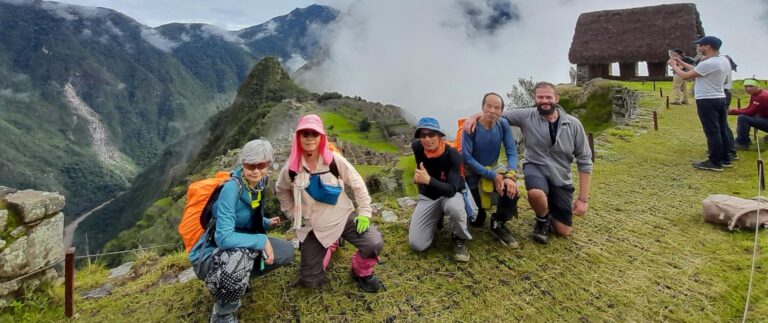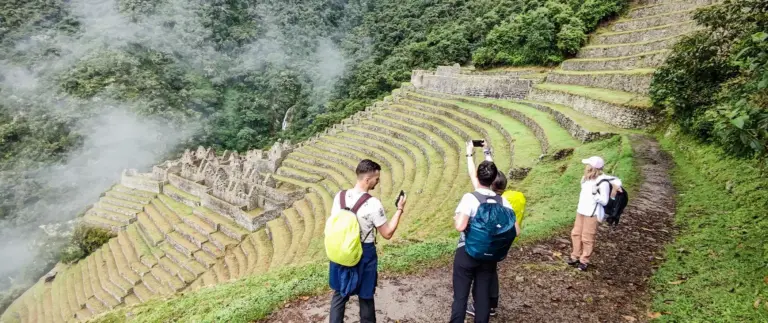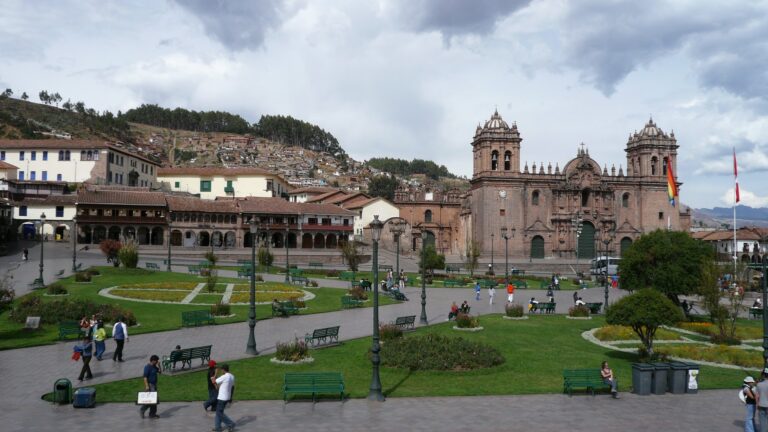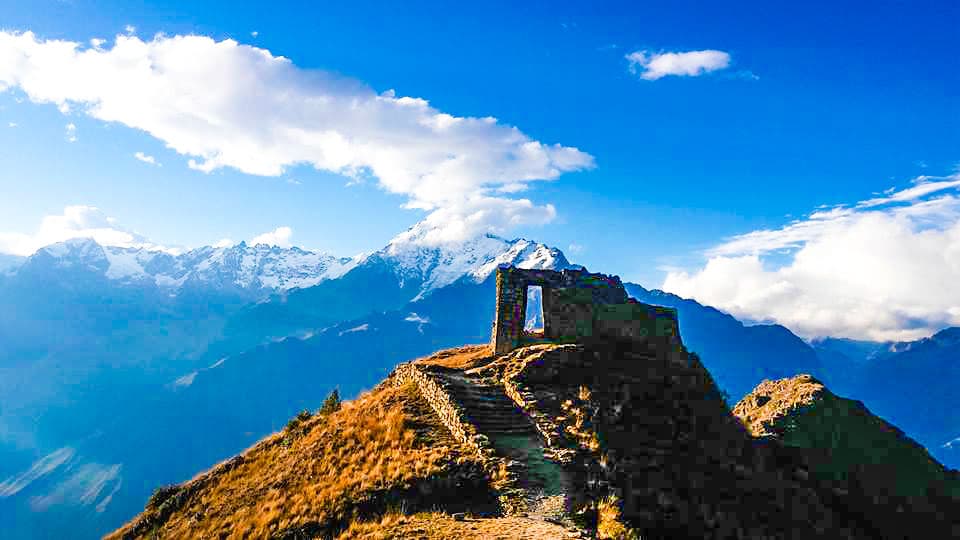
Inca Quarry Trail to Machu Picchu Information 2024
Hike through the Sacred Valley of the Incas, along a trail etched by the Incas and still in use today. Visit ancient Inca ruins and unravel some of the mysteries of the quarry and how stone was excavated to build the structures still standing in the nearby Ollantaytambo. Pass over mountain peaks and witness spectacular Andean scenery. The bonus of all this is, the Inca Quarry Trail requires no permit to book and you can do on any date that suits you!
What are the highlights and what to see along the Inca Quarry Trek to Machu Picchu?
Explore the Ñaupa Iglesia
There’s whispers and rumors in the incredible Sacred Valley, of a dimensional gate, a door, a portal to another world. This peculiar portal is said to be found at the site of Ñaupa Iglesia, a ancient sacred ruin, which may actually predate the Inca dynasty. The Archaeological Park of Ñaupa Iglesia is completely free, and it’s easy to independently visit this special place and feel the power of the magical cave and the few surrounding ruins.
Cool off at Perolniyoc Cascade
When hiking the Inca Quarry Trail you can expect to see jaw dropping mountain views, but this unexpected little stop on the first day brings you to the opening of a pristine waterfall, carrying fresh water down from the mountain. The perfect place for a breather.
Perolniyoq Inca Village
Above the waterfall, the ancient Inca settlement a set of houses, shrines, and temples that nowadays is named also the Perolniyoq Inca site. You will reach this site be following the original Inca trail with its unique lookouts and spectacular landscapes.
Reach new heights at Kuychicassa Mountain Pass (4450mt)
Channel your inner mountain goat while tackling Kuychicassa on the second day. At 4,450 metres (14,599 feet), this is the highest pass on the trek.
Survey the Stunning Valley from Inti Punku
In Quechua, Inti Punku means ‘Sun Gate’, and the Incas built structures like these throughout the Andes to honour the sun god. While the Quarry Trail does not go to the famous Sun Gate overlooking Machu Picchu, this intriguing archaeological, complex, known as the Sun Gate, overlooks Ollantaytambo and the valley below, a fantastic reward on the challenging second day.
The Inca past in Ollantaytambo
Here in Ollantaytambo you get a real sense of how the Inca civilisation once thrived. Home to two impressive ruins and sitting in the beautiful Sacred Valley, this is where the Inca Quarry Trail ends as you walk along the cobblestone path to the main square. Read more about Ollantaytambo here!
Machu Picchu Inca City
The UNESCO World Heritage site of Machu Picchu is what you have been waiting for! Witness its breathtaking sites and fascinating history.
Facts about the hike:
- Difficulty: Moderate to difficult (because the high altitude)
- Distance: 26 km / 16 mi
- Duration: 2 nights camping, 3 days hiking
- Top elevation: 4 449mts./14 596 ft. Kuichikasa pass
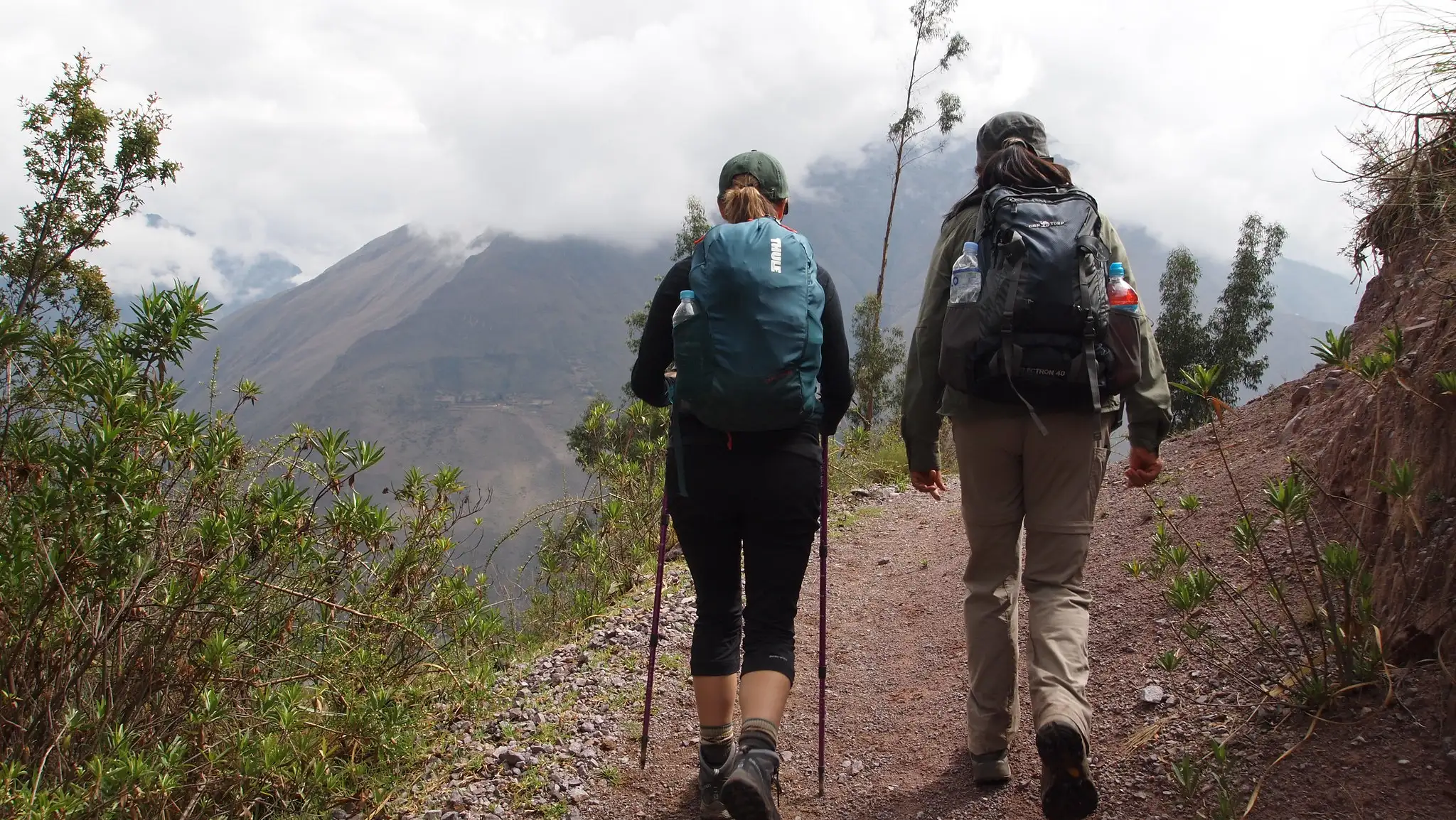
Best time to hike the Inca Quarry Trail
The best time to hike the Inca Trail is in the Winter season, from April, May, June, July and August and September.
Why?
Because there’s is almost NO RAIN and the weather is the best in comparison to the other seasons of the year.
Many choose the dry season or the Peruvian Winter, which runs roughly from May to September. The night temperature in the Andes will be cold. During the day, there is a high chance to have almost the entire day sunny. Sometimes the suns rays of the sun can be strong and days hot, hat, and sunscreen, it will be enjoyable, take in the distant landscapes and your surrounds.
How fit do you need to be?
Anyone trekking for three solid days over 3,500m above sea level needs to have a reasonable level of fitness. Altitude sickness is a real risk, try to acclimatize with some time in Cusco before the trip. Most people complete the Quarry Trail without any problems. Drink lots of water as you go, pace yourself, wear polarized sunglasses and appropriate hiking boots.
Do you need hiking poles?
Yes, trekking poles are going to be a great help, mainly for the uphill hikes and the steep descent on the second day heading to Inti Punku.
Do I need to book in advance?
If you wish, you may book it in advance, but it is not necessary for this trek there is no entry limit. The dates are movable too, as long as you arrive in Machu Picchu on the right date, check it out the availability with Inca Trail Hike Peru.
Altitude Sickness
There is no way to guarantee that you will not get altitude sickness with only a day or two days in Cusco. It is a big mistake to rush over the mountain hikes without being not even slightly acclimatized. Instead, take some time on short Cusco city tours and walk at a slow pace. However, a slow and gradual ascent is not always possible, so certain medications can help it to prevent such as acetazolamide or others under doctors’ medication. Tour guides and companies carry an oxygen bottle for helping with the lack of oxygen as well as a basic first aid kit.
Tour to the Quarry Trails
Your best option is to choose a tour operator. A 4-day package including Machu Picchu and is available year-round. Also, this is your second chance to hike if you missed the classic Inca trail hike and Inca trail ruins.
What to expect on the Inca Quarry Trail
The first big difference is that you won´t see as many people as on the famous Inca trail. It may be you will be the only group and have the landscape all to yourself.
Socma village is home to the Peruvian natives, direct descendants of the Inca, whose Inca blood runs through their veins; the locals are available to talk or at least to greet if you wish to. They farm all types of grains, corn, and crops, raise their animals, and continue a traditional way of life.
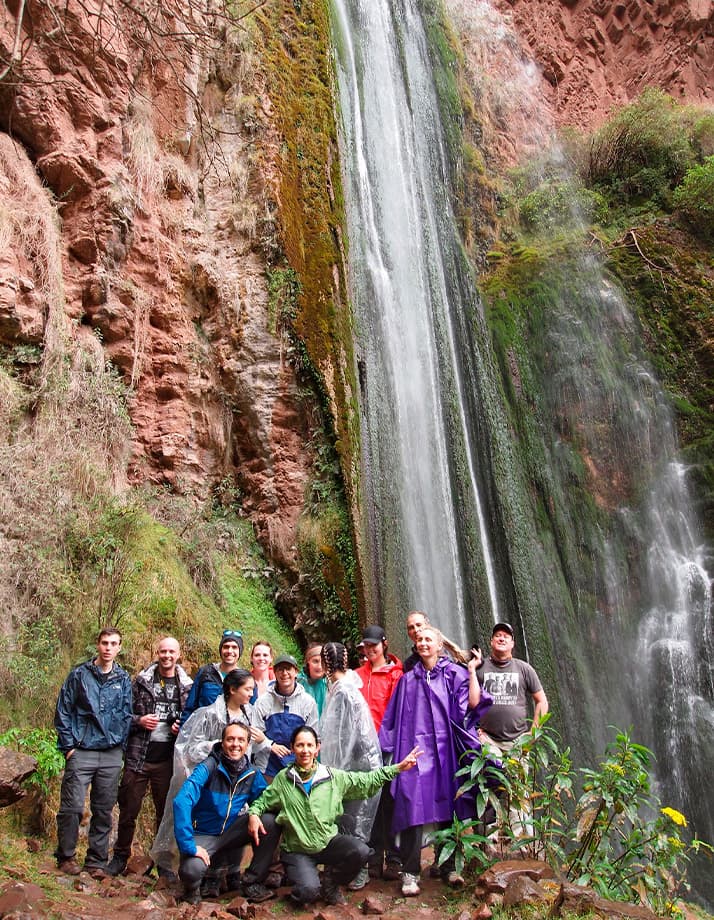
What’s the Scenery Like?
Anticipate towering green peaks, rugged granite boulders, remote communities such as Socma, and historical sites like the renowned Q’orimarca ruins.
Several hikers who have experienced both routes argue that The Quarry Trail triumphs over the Inca Trail in terms of picturesque views: encounter lofty passes such as Puccaqasa (4,370m), catch glimpses of the Nevado Veronica mountain, and witness stunning valleys on all sides.
Horses, not Porters
During the Inca Trail hike, all the camping equipment is transported by porters. But, on the Quarry Trail, it is transported by horses. This presents the additional advantage of walking through the Andes in the company of magnificent equines. You will still be accompanied by knowledgeable guides who will assist you throughout the journey, a chef prepares the food, and the horsemen set up camp each evening.
When is the rainy season?
From November to March is the wet season; the temperature rises and the region receives heavy rainfall. Many people prefer to do the trail in the rainy season as the trail see fewer crowds and the prices are more economical.
How many hours will I hike per day?
Each day you will wake up at about 7 am and hike for between 5 and 7 hours. The longest hiking time is on the second day.
What type of accommodation can I expect on the Inca Quarry Trail?
Accommodation on the Inca Quarry Trail is camping (two nights). Double tents (twin-share) and foam camping mats will be provided. The porters will set up the tents while the cook prepares meals each day.
A few useful things to keep in mind when hiking the Andes:
- A pair of good quality, comfy hiking shoes is a must. Get them one size bigger, and waterproof if possible, and make sure you do some hiking before the trip, to break them in.
- Sturdy, medium thick, moisture wicking hiking socks, and a pair of slides to walk about camp.
- Bring lots of layers, it gets really cold at night, and quite hot during the day. Scarves, hats, gloves, and warm leggings are a must.
- Bring lots of sunscreen for both your body and lips.
- Wear a hiking hat with wide brim, and adjustable drawcord.
- Bring a poncho, in case it rains.
- Bring a water bottle with a 2-liter capacity. Don’t worry about the water – the porters will provide clean water at all times.
- Bring some altitude sickness pills, and start taking them before you get to Cusco so your body can more easily acclimate. Pack some Advil or other pain killer too.
- You will hear this advise multiple times, drink lots of water, and stay hydrated at all times, to prevent or alleviate mountain sickness symptoms.
- No need to bring snacks, they are provided by the guides.
- It’s best to rent a hiking pole (at least one). It helps especially going downhill.
- You can rent a sleeping bag, but pillows will not be, so bring portable, inflatable pillows – they can easily fit in your backpack, and aren’t heavy.
